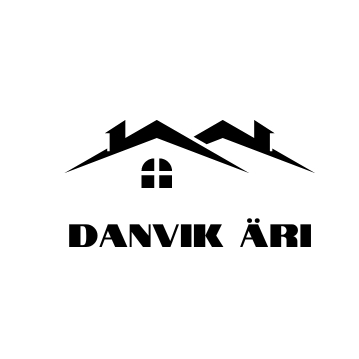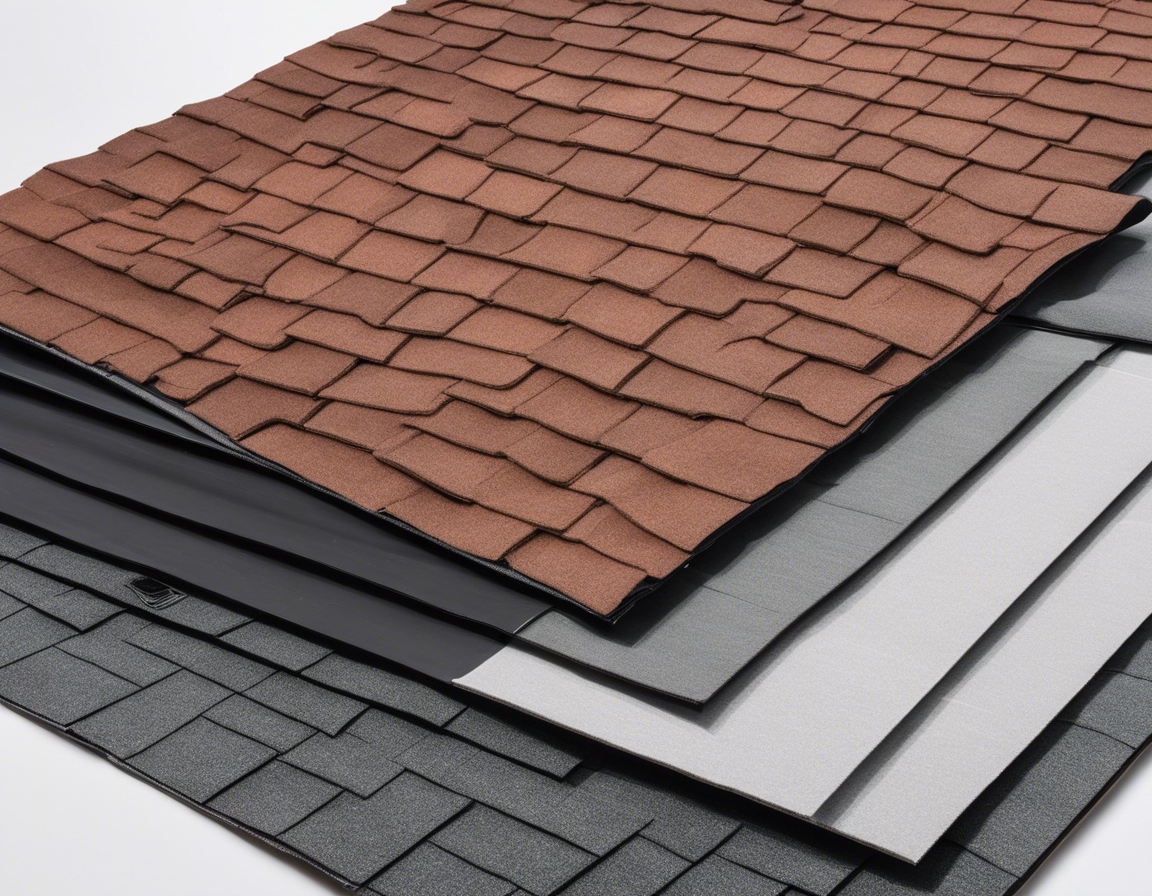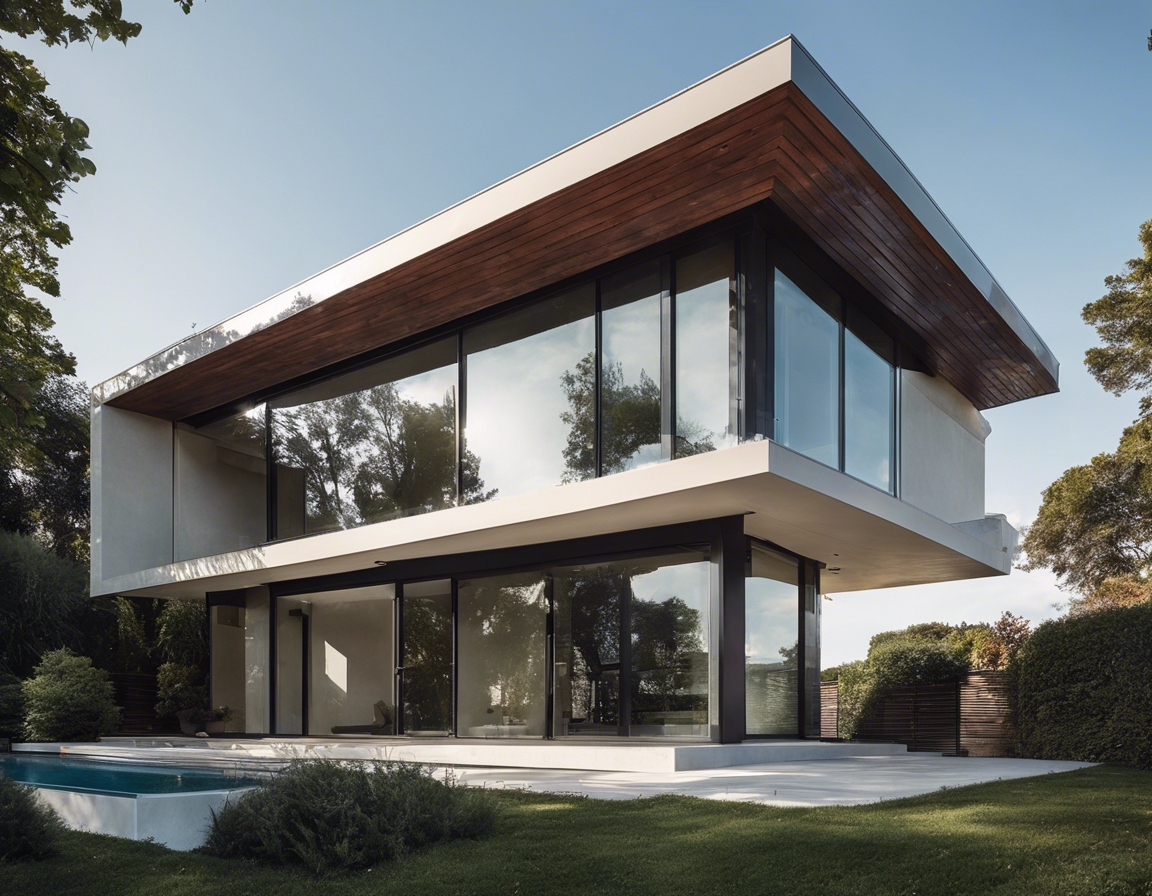The future of home construction: sustainability and innovation
As the world becomes increasingly aware of the environmental impact of traditional construction methods, the future of home construction is pivoting towards sustainability and innovation. This shift is not just a trend but a necessary evolution to address the pressing issues of climate change and resource depletion.
Eco-friendly building practices are becoming the norm as homeowners and builders alike recognize the long-term benefits of sustainable construction. These practices are designed to minimize environmental impact while maximizing efficiency and occupant health.
The demand for sustainable homes is driven by a combination of environmental awareness, economic incentives, and a desire for healthier living spaces. Homeowners are looking for ways to reduce their carbon footprint, lower energy costs, and create a comfortable living environment.
Key Elements of Sustainable Home Construction
Energy efficiency is at the heart of sustainable construction. This includes the use of high-performance insulation, energy-efficient windows, and the integration of renewable energy sources such as solar panels and wind turbines.
Choosing sustainable building materials is crucial for reducing the environmental impact of construction. Materials such as bamboo, recycled steel, and low-VOC paints help to create eco-friendly homes that are both durable and aesthetically pleasing.
Water conservation techniques, such as rainwater harvesting and greywater recycling systems, are essential for sustainable home construction. These systems reduce the demand on municipal water supplies and lower utility bills.
Improving indoor environmental quality is important for the health and well-being of occupants. This involves the use of non-toxic materials, adequate ventilation, and natural lighting to create a safe and comfortable indoor environment.
Innovative Technologies Shaping the Future of Construction
Smart home automation systems offer convenience and energy savings by allowing homeowners to control lighting, heating, and cooling systems remotely. These systems can also learn from user behavior to optimize energy usage.
3D printing technology is revolutionizing the construction industry by enabling the rapid production of complex building components with minimal waste. This technology has the potential to significantly reduce construction time and costs.
Building Information Modeling (BIM) is a digital representation of the physical and functional characteristics of a facility. BIM allows for more accurate planning, design, construction, and management of buildings, leading to increased efficiency and reduced environmental impact.
Challenges and Considerations
While sustainable construction often involves higher upfront costs, the long-term savings in energy and maintenance can result in a favorable return on investment. Homeowners must consider the balance between initial costs and future savings.
Navigating the regulatory landscape can be challenging for sustainable home construction. Certifications such as LEED and BREEAM can guide builders and assure homeowners of the sustainability credentials of their property.
As climate patterns shift, homes must be built to withstand extreme weather conditions. Sustainable construction includes designing homes that are resilient to floods, storms, and other climate-related events.






Comments (0)